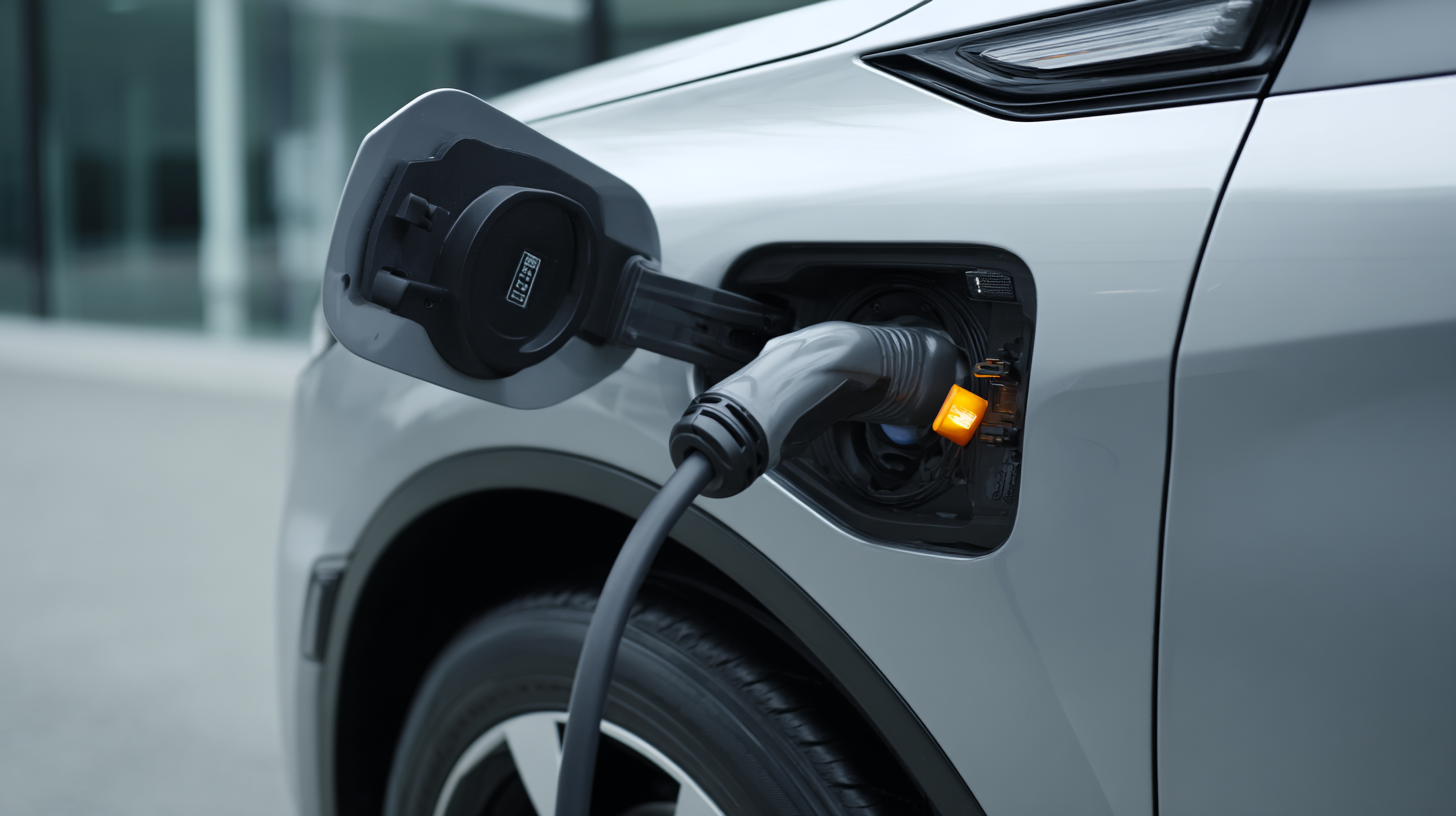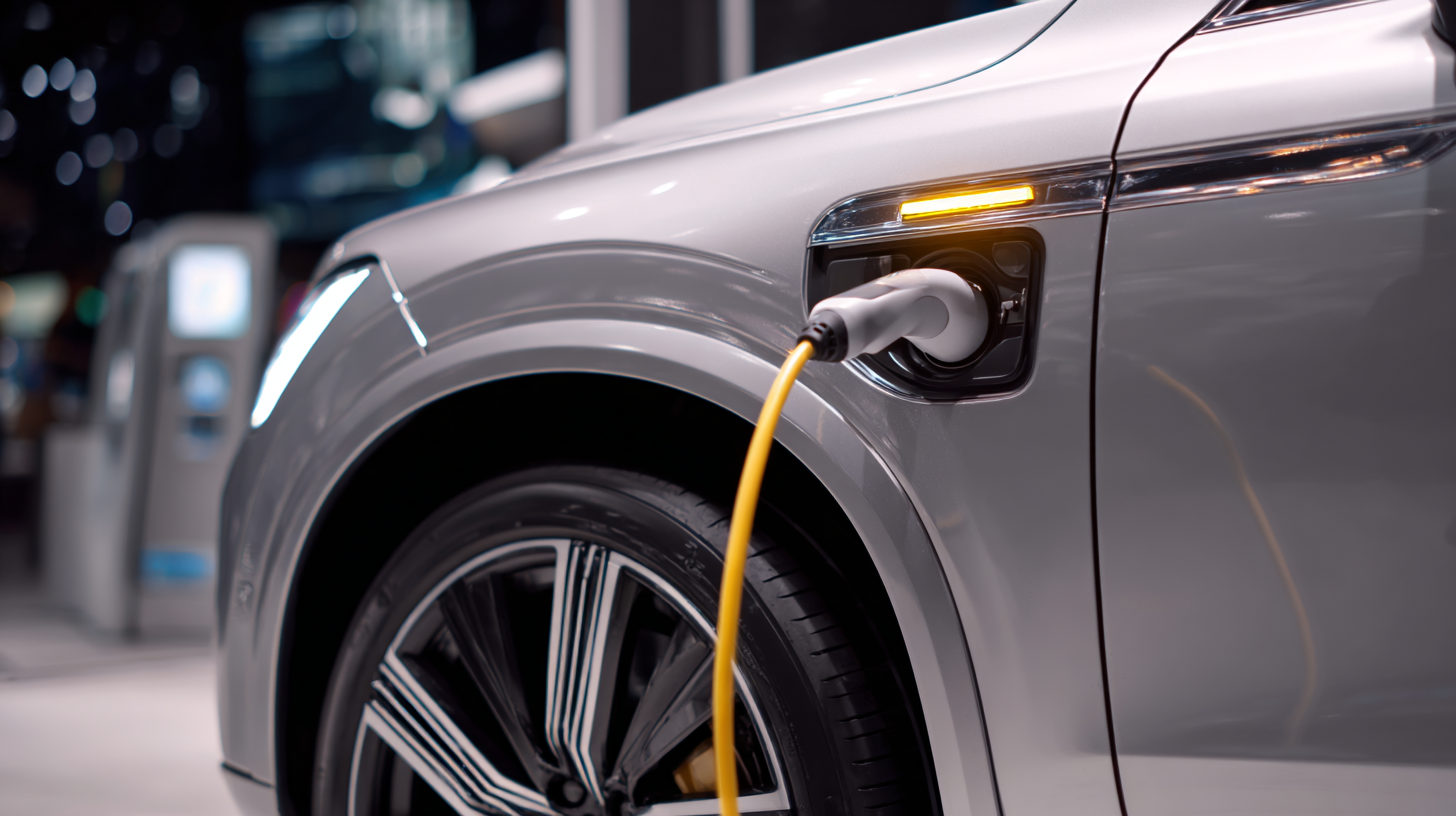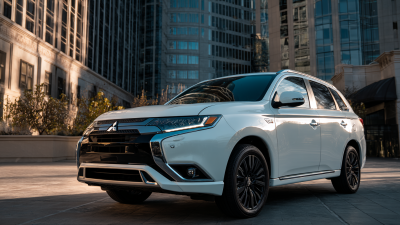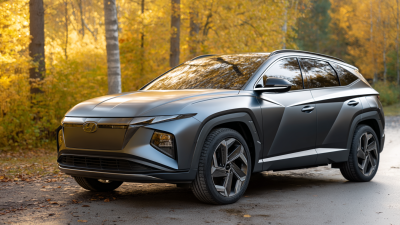In today's world, the drive for sustainability and efficiency has led many to explore innovative vehicle options, especially the Plug In Hybrid SUV. These vehicles not only offer the versatility of traditional SUVs but also provide significant advantages in fuel efficiency through their dual power sources. By harnessing both gas and electric capabilities, a Plug In Hybrid SUV can dramatically reduce fuel consumption and lower emissions, making it an ideal choice for eco-conscious drivers. This guide aims to provide expert insights and valuable data on maximizing fuel efficiency with a Plug In Hybrid SUV. We will explore techniques and strategies that enhance the performance of these vehicles, ensuring that owners can make the most of their investment while contributing positively to the environment. Whether you're a seasoned hybrid driver or considering your first Plug In Hybrid SUV, our comprehensive approach will equip you with the knowledge needed to optimize your driving experience.

Plug-in hybrid SUVs represent a significant advancement in automotive technology, combining the benefits of electric and conventional powertrains. According to the U.S. Department of Energy, these vehicles can achieve an average fuel economy of up to 50 miles per gallon when driven in optimal conditions. This impressive efficiency stems from their ability to operate on electric power alone for short commutes, significantly reducing gasoline consumption.

To maximize fuel efficiency with a plug-in hybrid SUV, it’s essential to utilize charging stations effectively. Industry reports indicate that charging your vehicle overnight can help achieve a full battery, allowing for longer electric-only drives during the day. Additionally, employing regenerative braking can further enhance efficiency by capturing energy that would otherwise be lost during deceleration.
Tips for Optimal Fuel Efficiency:
1. Frequently charge your SUV to leverage electric power and reduce reliance on gasoline, especially for short trips.
2. Maintain proper tire pressure and keep your vehicle well-tuned to enhance overall performance and fuel efficiency.
3. Utilize eco-driving techniques, such as smooth acceleration and braking, to minimize energy consumption and maximize your hybrid’s potential.
Maximizing fuel efficiency in a plug-in hybrid SUV involves adopting key driving techniques that can significantly enhance your vehicle's fuel economy. One of the most effective strategies is to prioritize electric-only driving whenever possible. By utilizing the electric range of your SUV, you can minimize fuel consumption, especially in urban driving conditions where frequent stops and starts are common. Additionally, gentle acceleration and deceleration can help conserve energy, as aggressive driving tends to drain both the electric battery and the fuel tank more quickly.

Moreover, maintaining optimal tire pressure and regular vehicle maintenance can also play a crucial role in enhancing fuel efficiency. Under-inflated tires can increase rolling resistance, leading to higher fuel consumption. It's also advisable to limit the use of auxiliary systems such as air conditioning, which can place an additional load on the vehicle's powertrain. By integrating these expert-recommended practices into your driving routine, you can effectively reduce emissions and enhance the overall efficiency of your plug-in hybrid SUV.
Regenerative braking is a pivotal feature in plug-in hybrid SUVs, significantly enhancing fuel efficiency while driving.
This system works by converting kinetic energy, which is usually lost during braking, back into stored energy in the vehicle’s battery. According to a report by the U.S. Department of Energy, vehicles equipped with regenerative braking can recover up to 70% of the energy typically lost during stops. This not only helps in recharging the battery but also allows drivers to use electric power more efficiently, ultimately leading to considerable fuel savings.
Incorporating expert insights, a study by the American Council for an Energy-Efficient Economy (ACEEE) highlights that regenerative braking can improve fuel economy by approximately 15-30% in urban driving scenarios where frequent stopping is a norm. For instance, plug-in hybrid SUVs that utilize this technology can achieve miles-per-gallon (MPG) ratings that rival fully electric vehicles during city commutes. By actively engaging in regenerative braking, drivers can maximize their fuel economy, making it an essential consideration for those looking to optimize their hybrid SUV's performance and sustainability.
Charging strategies are crucial for maximizing the fuel efficiency of plug-in hybrid SUVs. According to the U.S. Department of Energy, drivers can achieve up to 50% better fuel economy through careful charging practices. One of the most effective strategies is to take advantage of off-peak electricity rates, which can significantly reduce charging costs. By scheduling charging during these low-demand hours, owners can not only save money but also minimize their carbon footprint, contributing to overall sustainability efforts.
Moreover, utilizing Level 2 chargers, typically found at public charging stations, can enhance charging efficiency. Research published by the Electric Power Research Institute indicates that Level 2 chargers can reduce charging time by up to 75% compared to standard household outlets. This not only enables more convenient charging sessions but also promotes an overall increase in electric vehicle usage, leading to lower gasoline consumption and improved fuel economy. Regular monitoring of battery health and maintaining charge levels between 20% and 80% can further optimize the performance and longevity of the battery, ensuring that plug-in hybrid SUV owners maximize their fuel efficiency while enjoying the benefits of advanced technology.
Analyzing fuel efficiency metrics reveals significant discrepancies between official tests and real-world performance of plug-in hybrid electric vehicles (PHEVs). Recent studies indicate that emissions from these vehicles can be up to five times higher than what manufacturers report under test conditions. This highlights the importance of understanding how various factors, such as driving habits, terrain, and vehicle maintenance, impact actual fuel consumption. By utilizing real-world data from top hybrid models, drivers can make informed decisions about optimizing fuel efficiency.
Moreover, the integration of advanced technologies, such as machine learning, has emerged as a crucial element in predicting and improving vehicle fuel efficiency. The synergy between data analytics and real-world testing allows for more accurate assessments of hybrid models. Enhanced hybrid architectures demonstrated in various studies emphasize the need for continuous innovation in design and functionality. As consumers increasingly shift towards environmentally friendly vehicles, understanding these efficiency metrics will be essential to maximizing the benefits of owning a hybrid SUV.
This chart presents the fuel efficiency metrics (in miles per gallon, MPG) of top plug-in hybrid SUVs based on real-world data. The data highlights how different models perform regarding fuel consumption, providing key insights for consumers looking to maximize efficiency.






